The crown jewel of the Croatian Adriatic is the city of Dubrovnik, surrounded by mediaeval stone walls not to be missed when sailing in the south of Croatia. Many sailors begin their exploration of the Croatian coast in Dubrovnik, and whether you’re sailing around the nearby Elaphiti islands, or your route takes you south to the Mljet National Park or west to the Pelješac peninsula (a kind of a homeland of Croatian wine production), there will be plenty of reasons to enjoy yourself.
Mljet National Park
Popular routes
Visitors to this area should spend at least one day in Dubrovnik, and sailors who rent vessels often spend the day before or after their sailing trip in the city, which perfectly complements their journey. For visitors arriving by sea, the Komolac marina or the Gruž anchorage are good options for visiting the city, while a nice alternative used by many visitors coming to Croatia from the south is the charming town of Cavtat.
The town of Korčula, Pelješac peninsula, Mljet National Park and Lastovo nature park are all located in the immediate vicinity
Sikirica (A. Gospić)
Hidden routes
The entire Pelješac peninsula could be considered one long hidden route of unprecedented beauty and innumerable possibilities to enjoy the coast and the interior of the peninsula, known for producers of world-renowned excellent wines. Towns on Pelješac with a nautical infrastructure are Orebić, whose marina can receive smaller vessels, and Trpanj, situated in the north-western part of the peninsula across the Neretva river delta, another Croatian coastal gem, particularly popular among kite surfers.
Despite a large number of renowned destinations, the Dubrovnik area offers plenty isolated moorings of surreal beauty
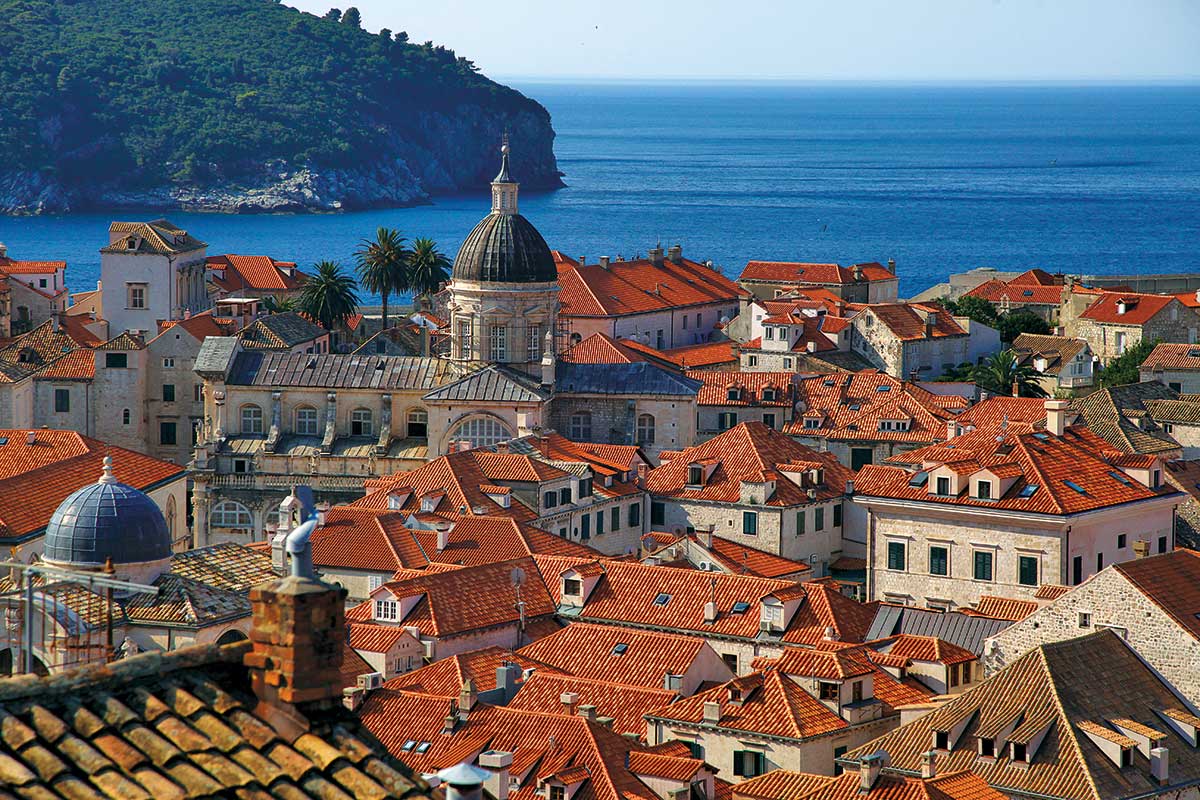
Dubrovnik (I. Pervan)
The city of Dubrovnik, with its historic centre and preserved city walls, magnificent towers and bastions, is a jewel of the world’s cultural heritage and a symbol of Croatian tourism
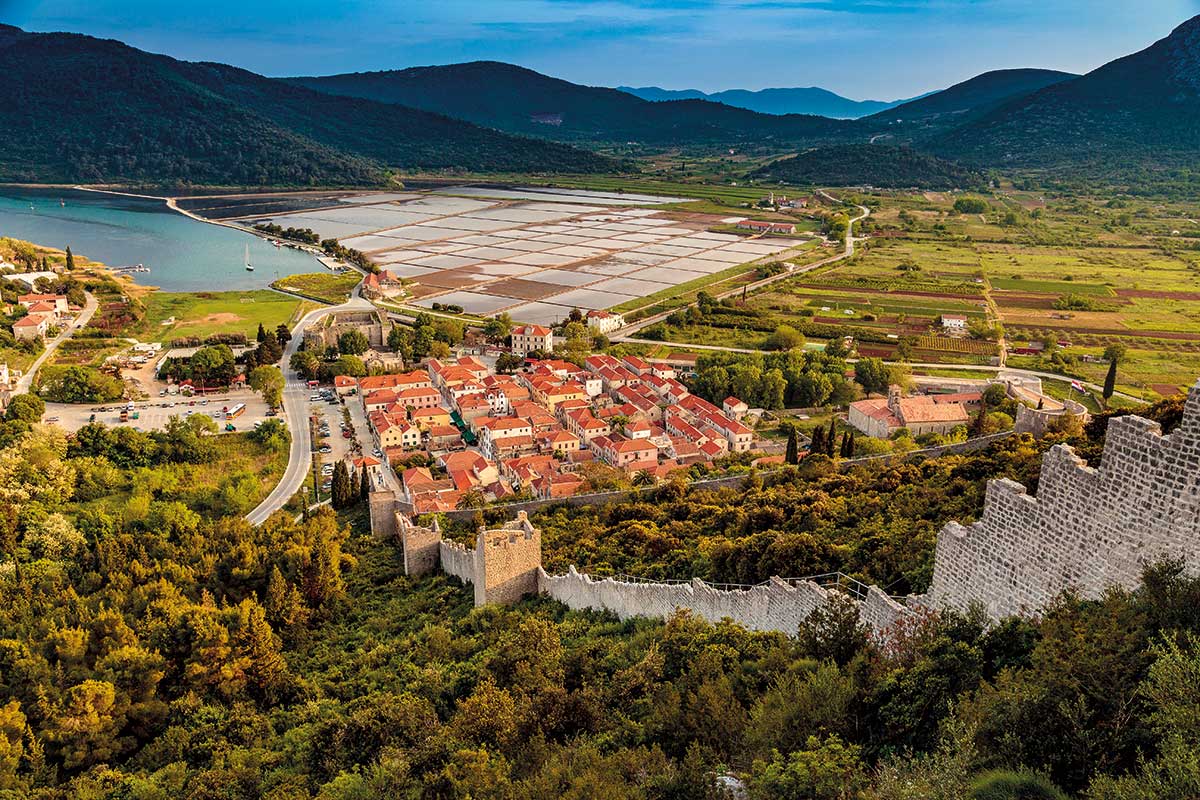
Ston (Z. Jelača)
Particularly impressive are the Ston walls from the 14th century, stretching over 5.5 kilometres
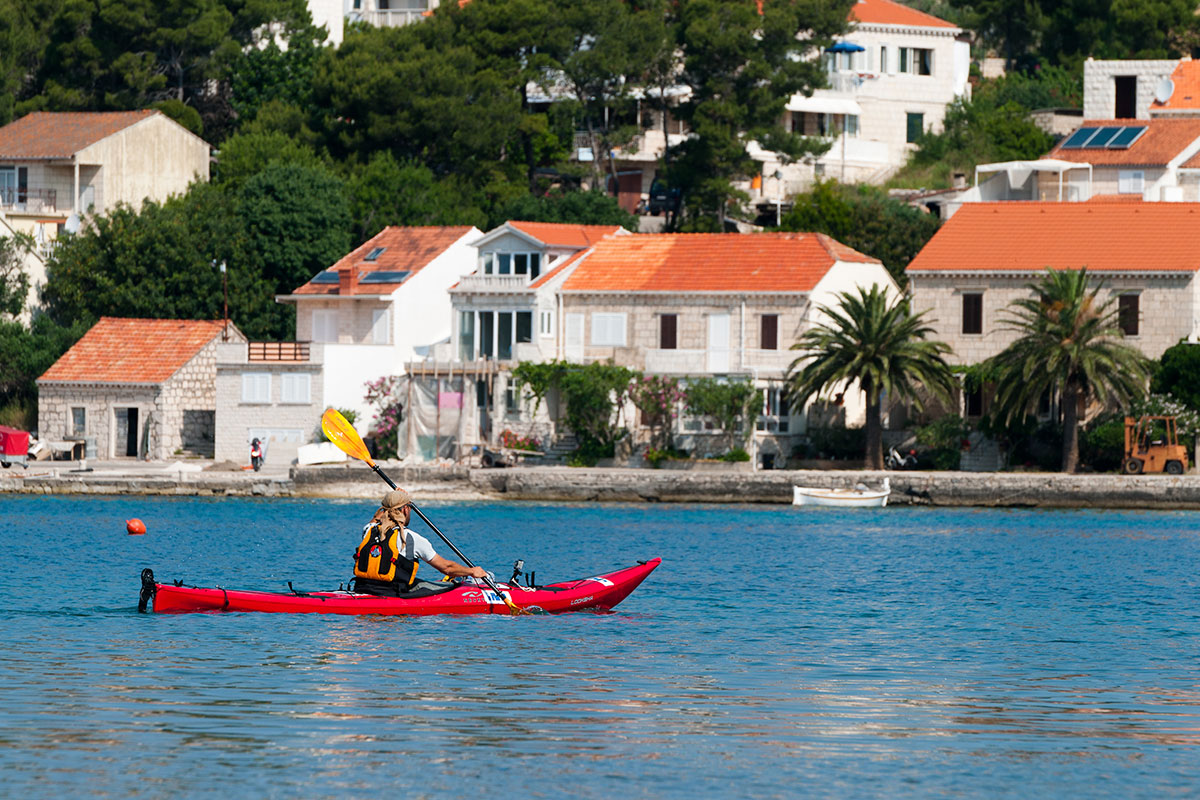
Lumbarda (L. Tambača)
In Lumbarda, you can moor off a sandy beach and enjoy a traditional variety of wine, the Grk, over 2,000 years old
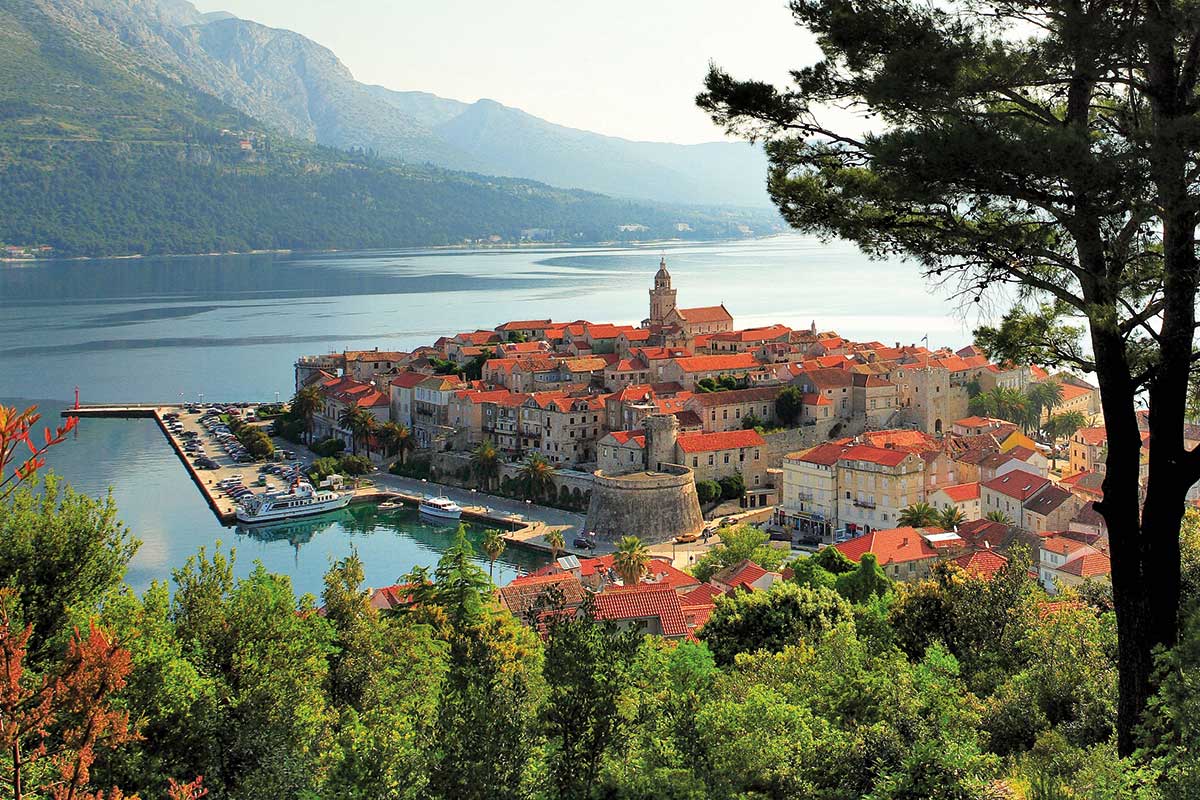
Korčula (M. Romulić & D. Stojčić)
One of the best-preserved mediaeval towns in the Mediterranean is Korčula , also known as the birthplace of Marco Polo, the world-famous traveller

St. Blaise (S. Gobbo)
The Festivity of St. Blaise (Festa svetog Vlaha), the patron saint of Dubrovnik, has been included in UNESCO’s Intangible Heritage list
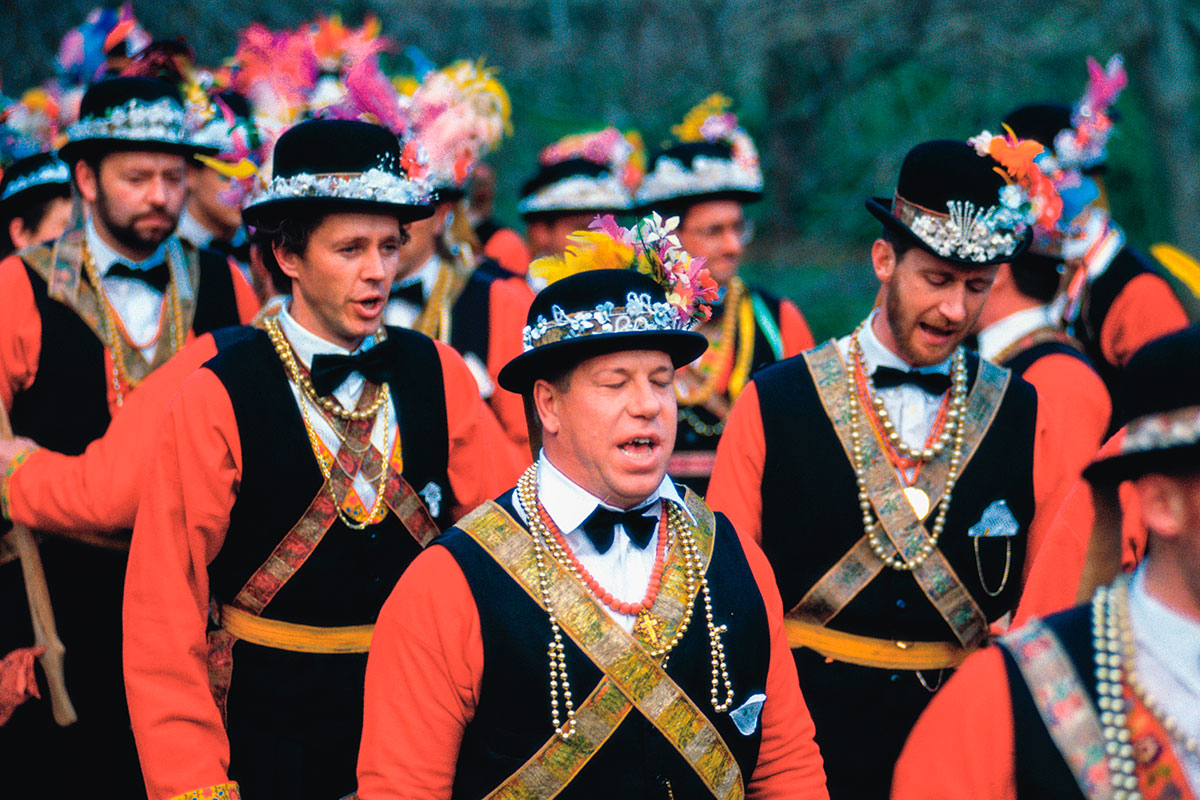
Lastovo (I. Pervan)
The Lastovo Carnival (Lastovski poklad) is a traditional carnival that has been held for centuries to commemorate the successful resistance against Catalan pirates
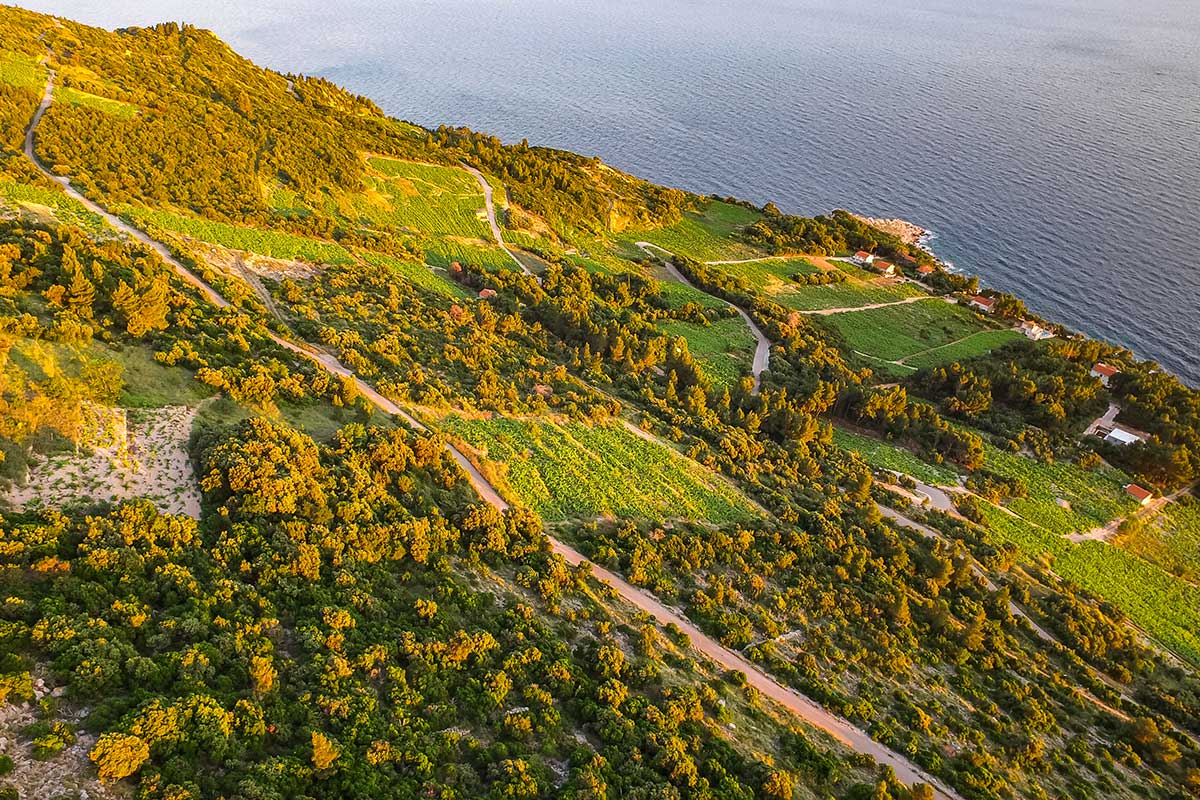
Pelješac (I. Biočina)
The steep sunny hills of the Pelješac peninsula and its sandy soil rich in minerals are perfect for the production of the most praised Croatian red wine, the Dingač
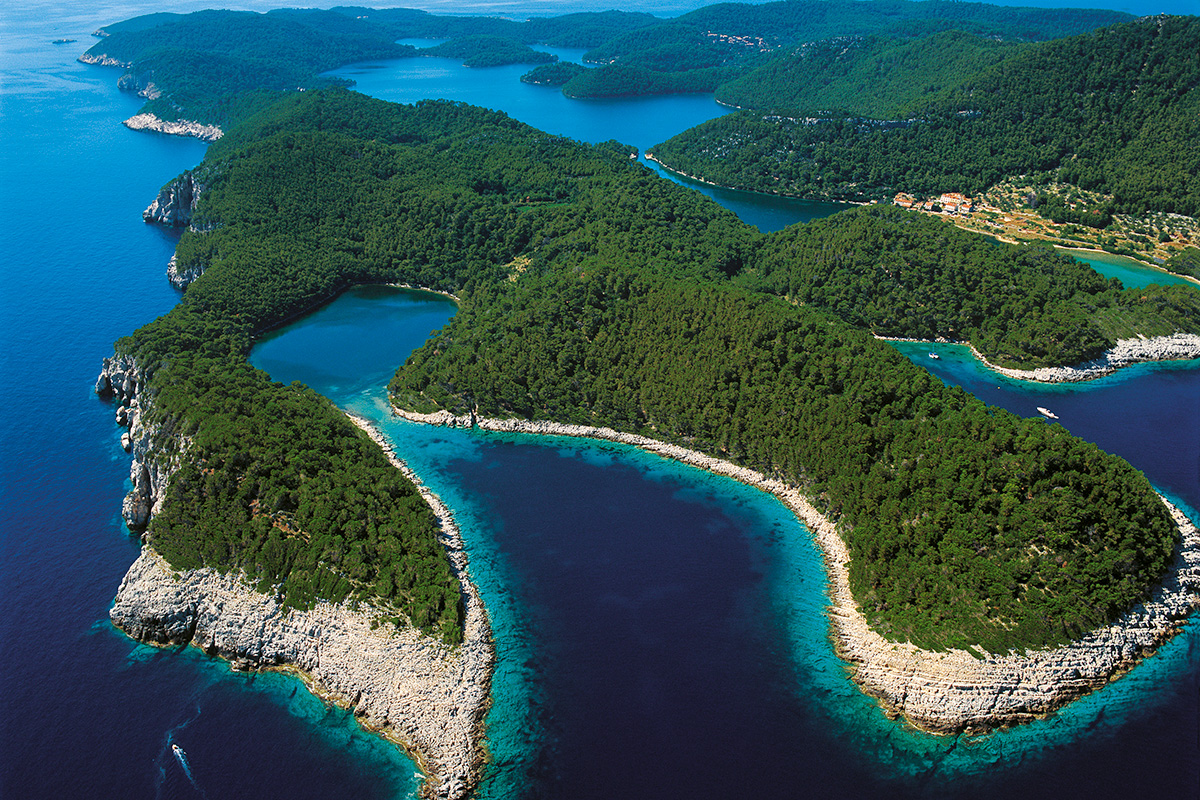
Mljet National Park (D. Fabijanić)
One of the most interesting and easily accessible underwater archaeological sites is the sunken ancient port of Polače on the island of Mljet, where you can see the wreckage of an ancient ship and a large number of amphorae
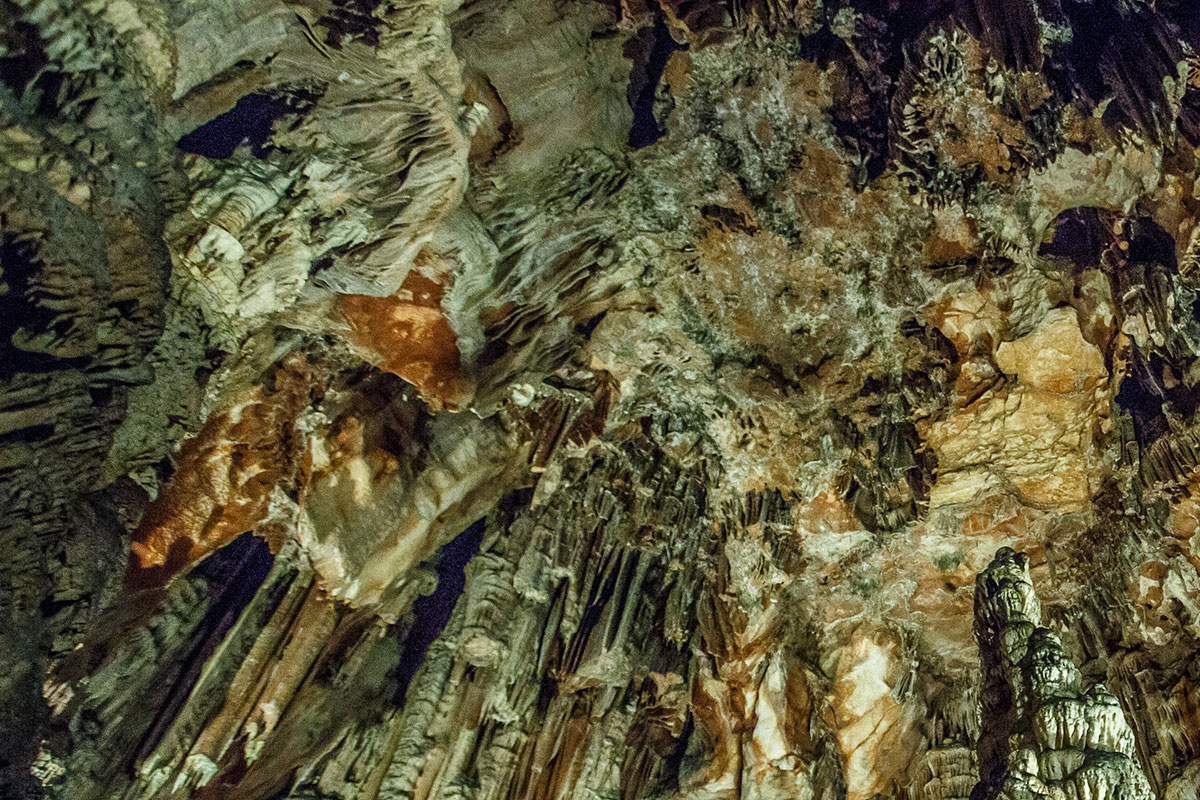
B. H. Markičević
Spila Nakovana, a cave and an Illyrian sanctuary on the Pelješac peninsula, is a genuine treasure trove from the Neolithic era. A large quantity of ceramic dishes was discovered in the cave, around a stalagmite in the central part of the cave, as well as ivory pieces with zodiac signs, the world’s oldest astrologer’s board
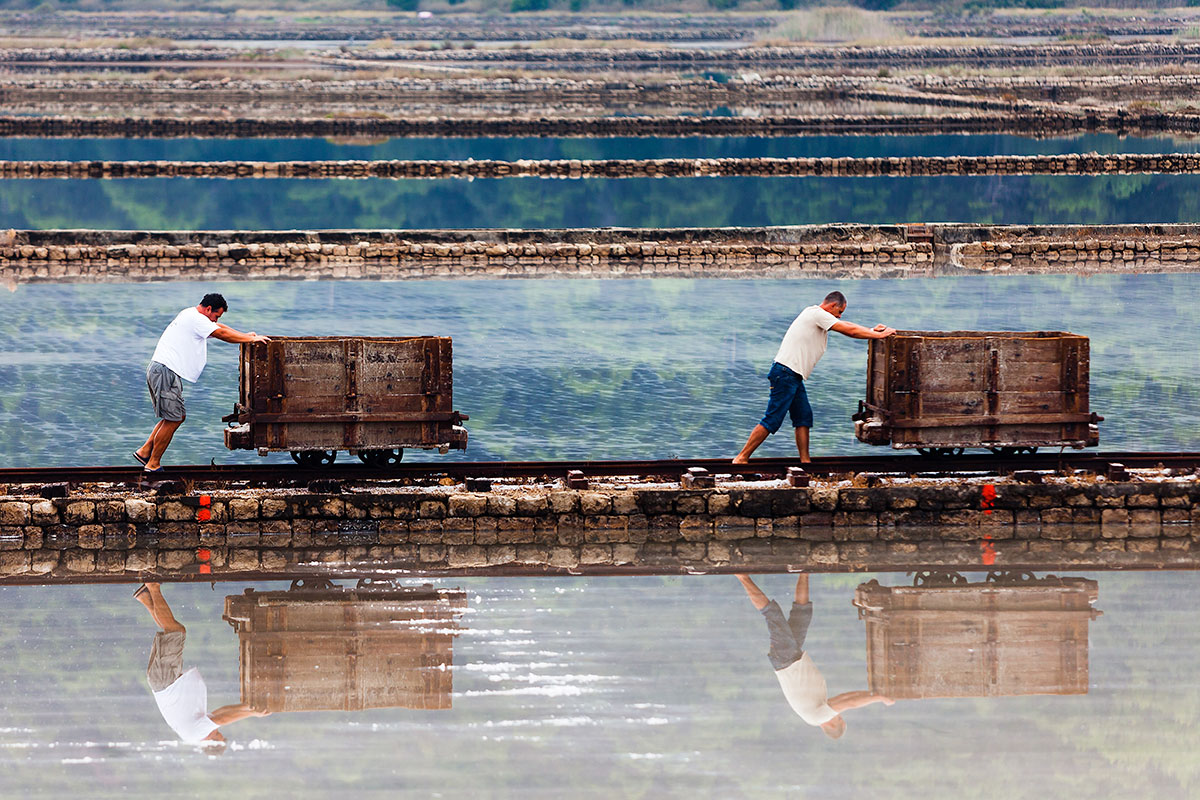
Ston (D. Rostuhar)
The Ston Saltworks is the oldest one in Europe, and it still maintains its appearance and production methods. Historians claim that salt has been harvested in Ston, with the help from sunlight, sea, and wind, since the Illyrian times, almost 4,000 years ago
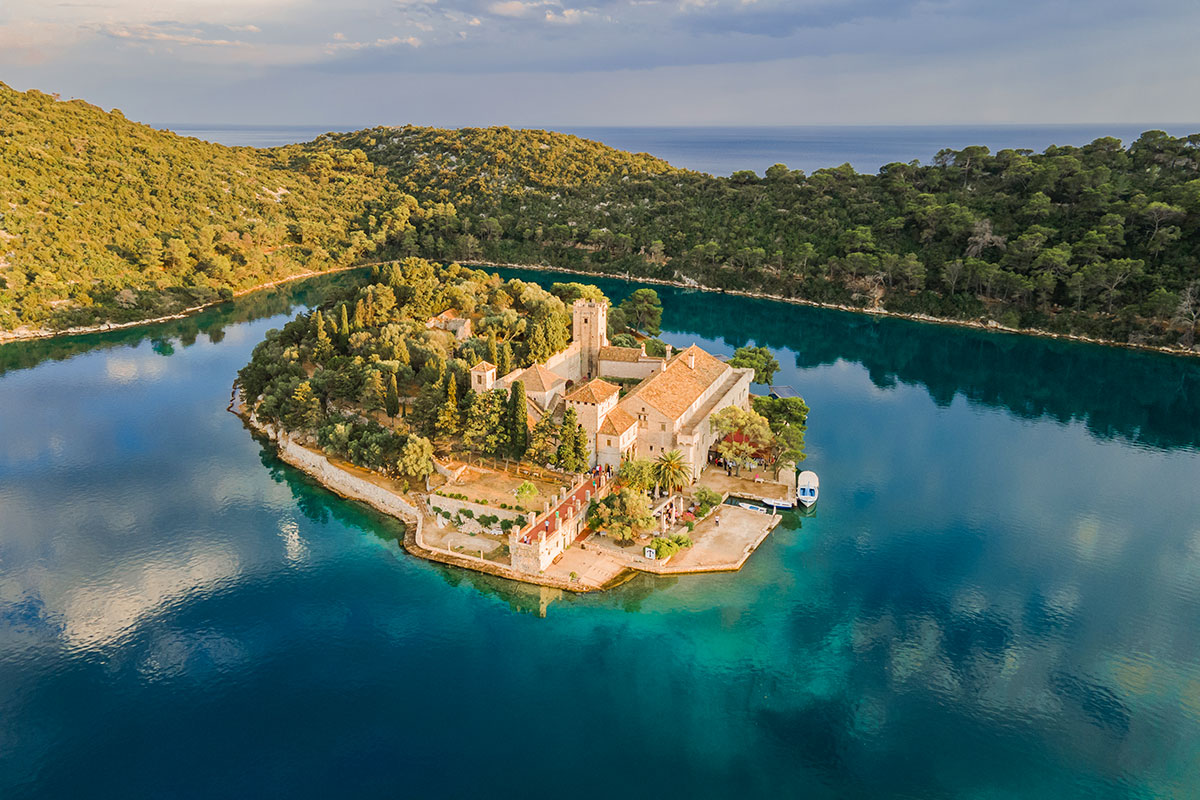
Mljet National Park (D. Kešnjer)
The Mljet National Park encompasses the western part of the island of Mljet with two deep bays – Veliko Jezero and Malo Jezero – while the isle in the centre of the bay Veliko Jezero is home to a 12th century Benedictine monastery
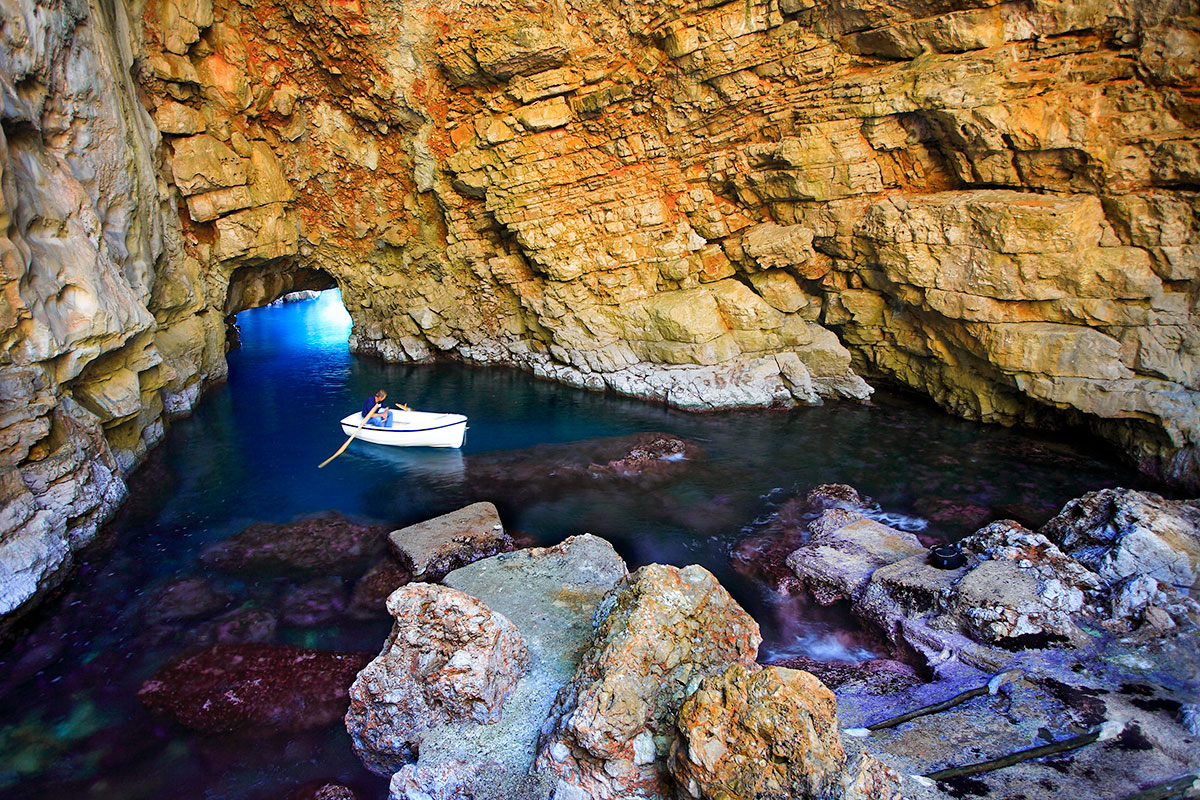
Odysseus’ Cave, Mljet (TZO Mljet)
You can reach Odysseus’ Cave in the Mljet National Park by a smaller boat or swimming, and according to legend, Odysseus himself took shelter in the cave following a shipwreck
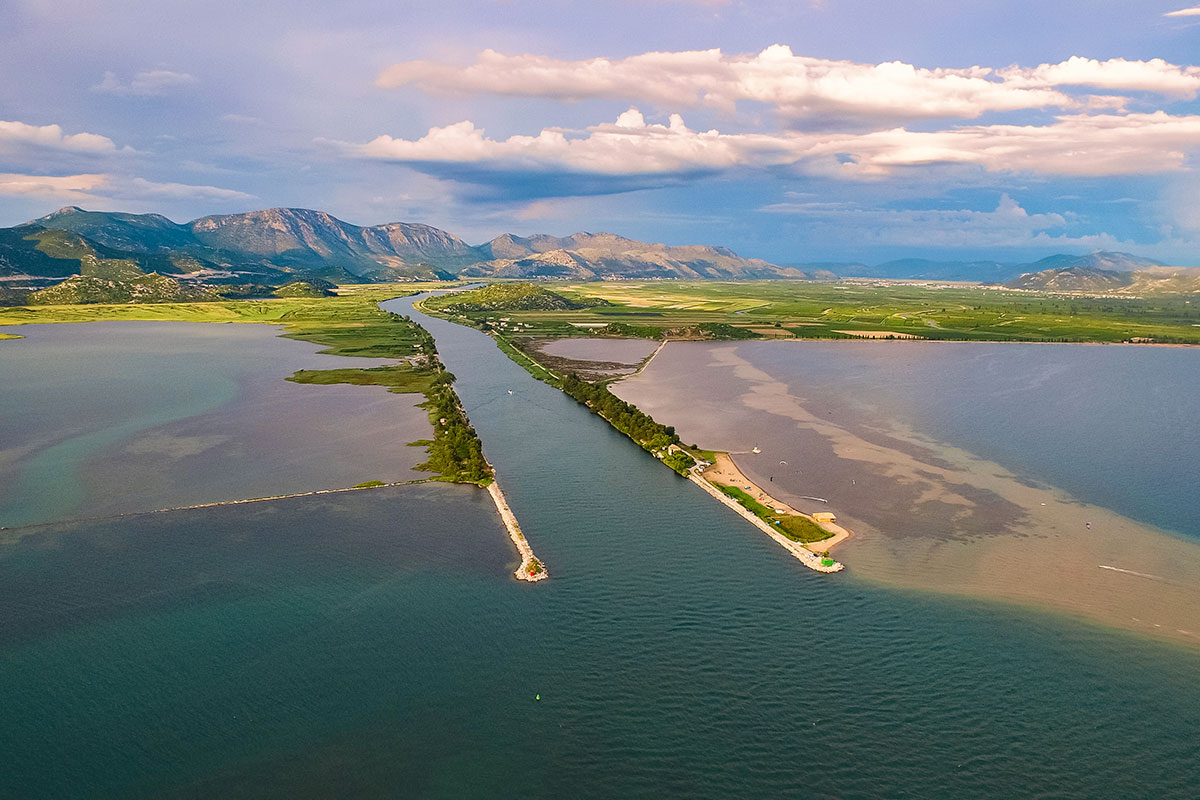
Mouth of the River Neretva (I. Biočina)
The Neretva river delta is a unique wetland area with a special ornithological and ichthyological reserve
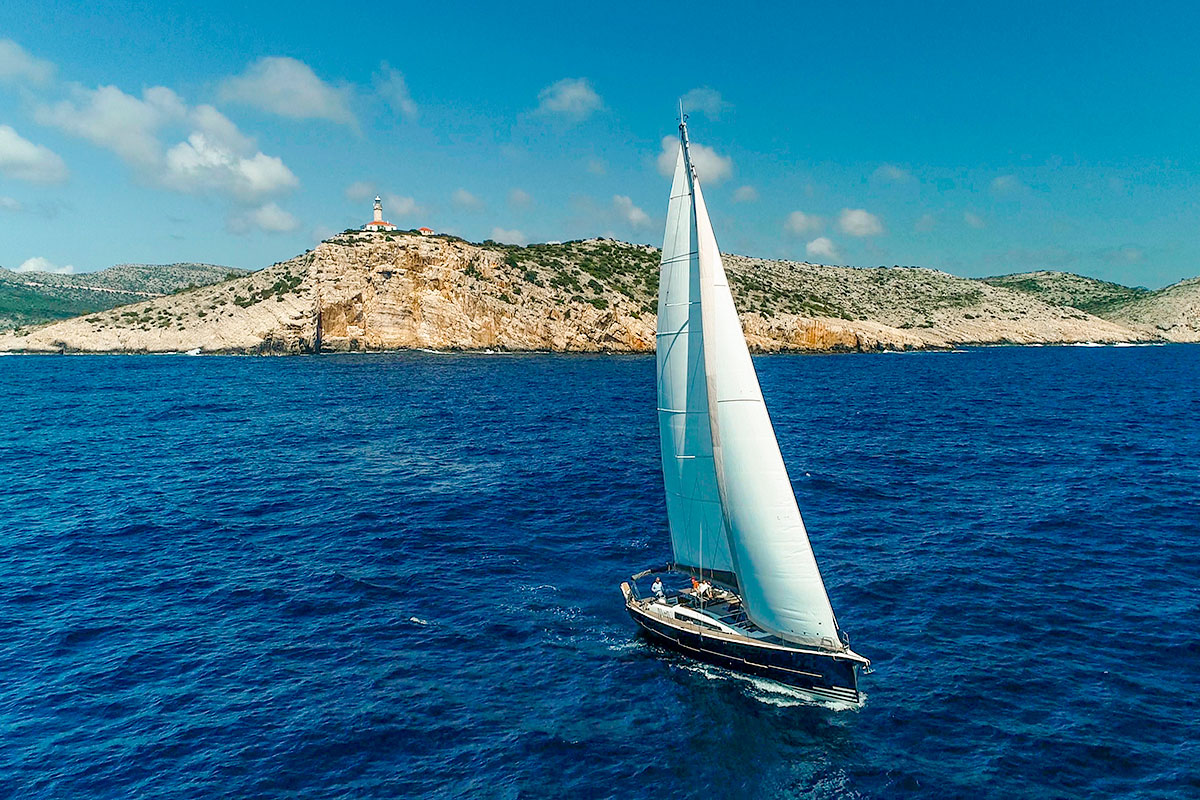
Lastovo (H. Serdar)
It takes over 4 hours to sail to the Lastovo nature park, which is precisely why it has preserved its untouched appearance and peace
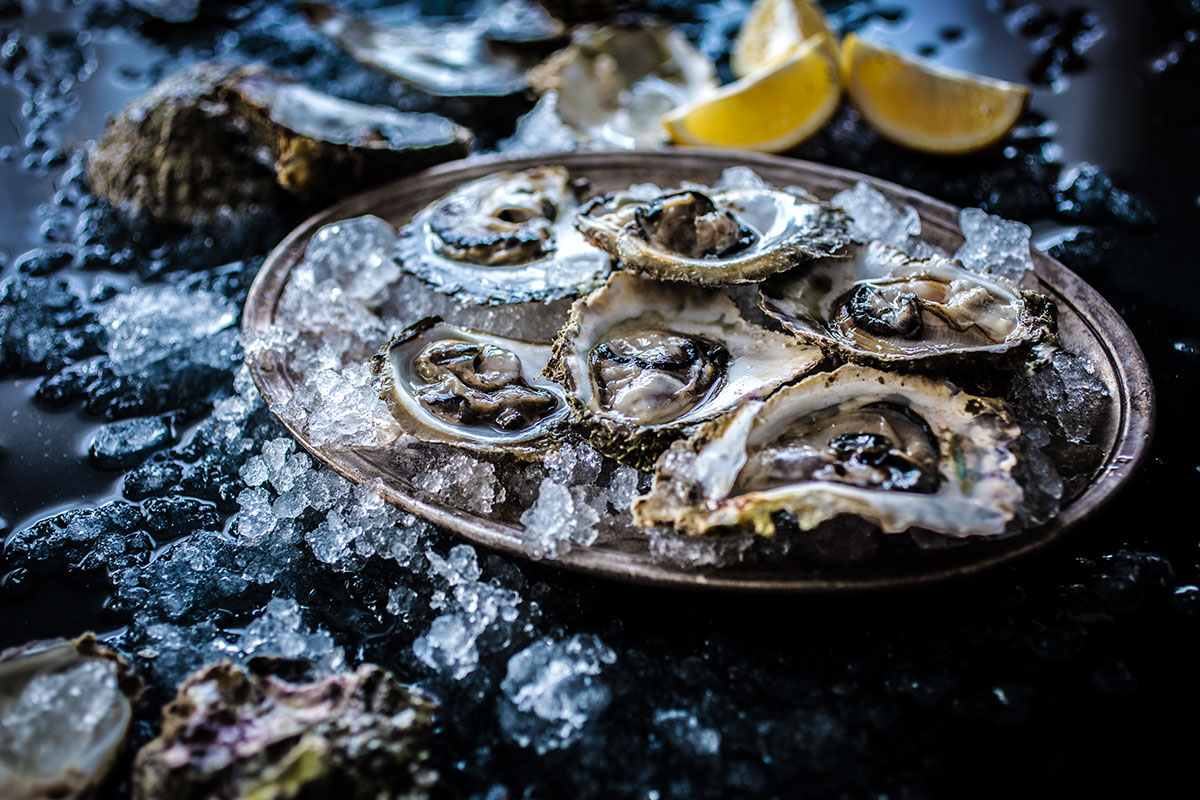
Ston oyster (M. D. Pečanić)